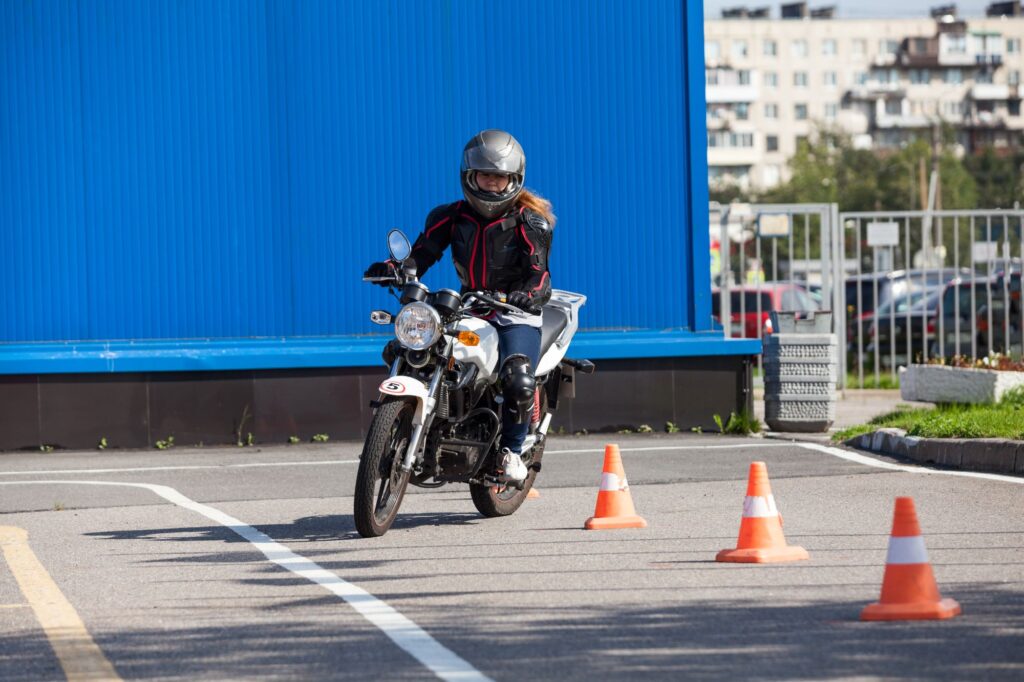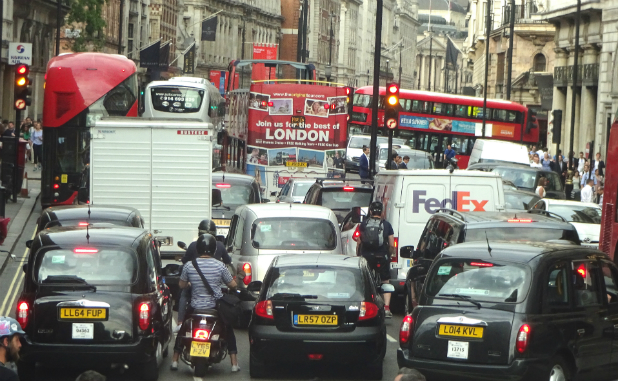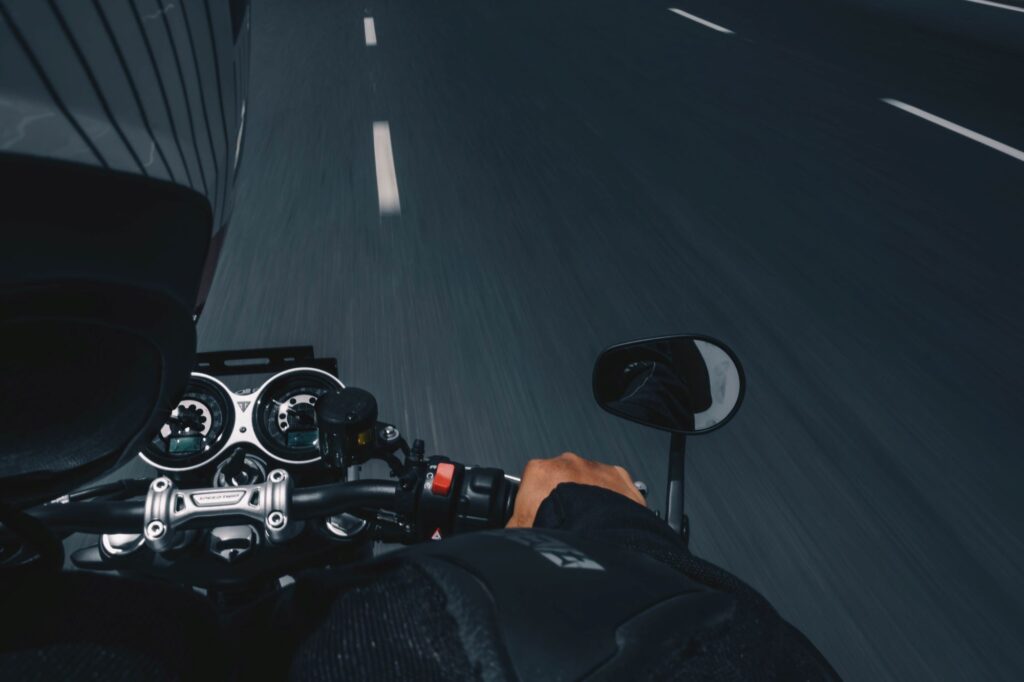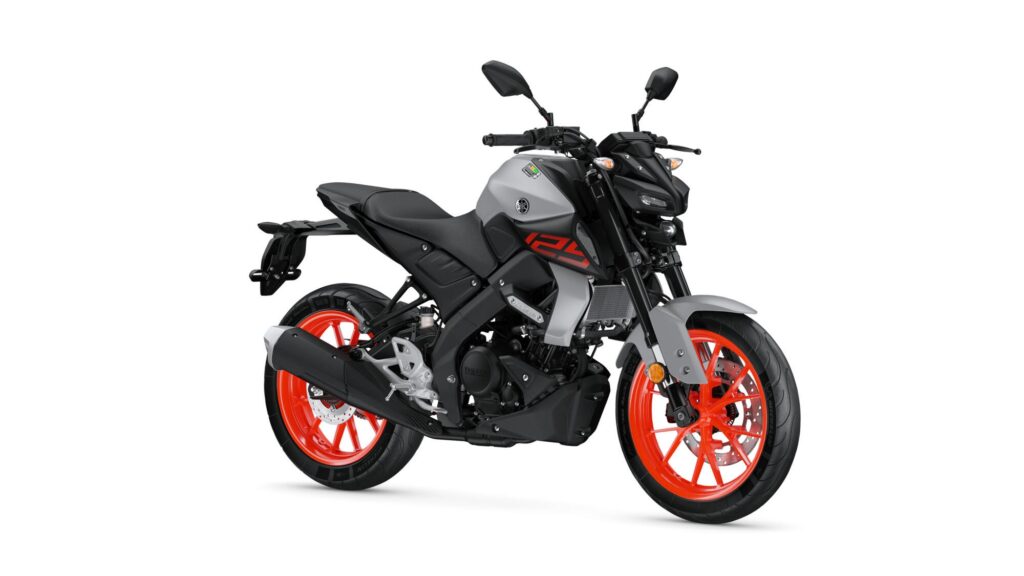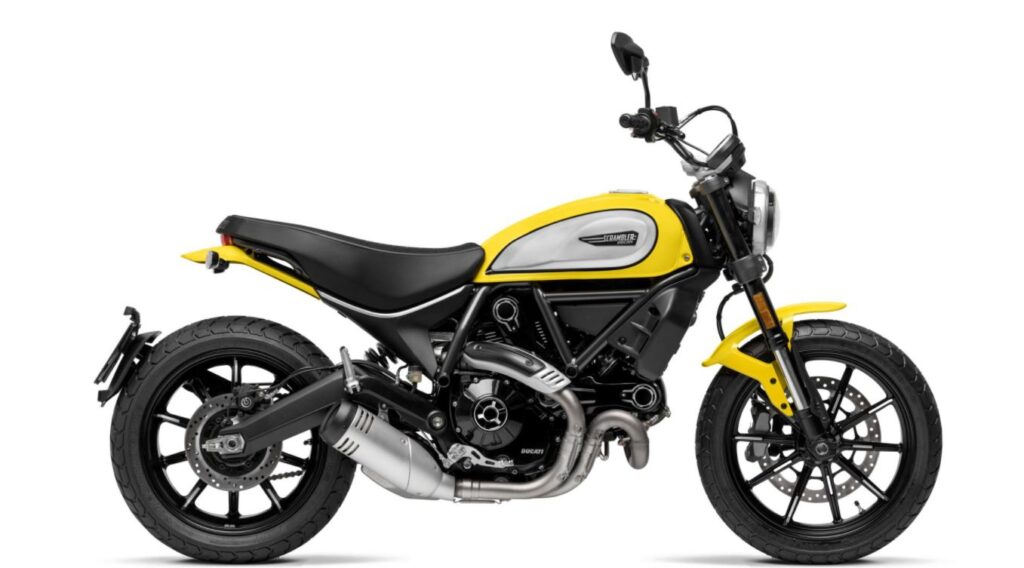
Seventy five years ago the first Vespa scooter rolled off the production lines. Since then it has become an icon of modern Italy and a worldwide phenomenon, with armies of devoted fans and an influence on popular culture that few other motorcycle brands can equal. Bikesure takes a look at the history of the people’s scooter and its impact.
While now mainly known for its scooters and motorcycles, throughout its history Piaggio has built a staggering range of different vehicles.
Planes, trains and automobiles
Founded in 1894, Vespa first constructed railway carriages but quickly diversified into goods vans, trams, coaches and trucks. During World War 1 it gained government contracts to build equipment for the Italian military, including anti-submarine motorboats and aeroplanes.
In 1917 a factory was bought in the small town of Pondetera near Pisa, complete with a fully working airfield to allow new designs to be developed and tested.
The factory was all but destroyed during WW2, and once the war was over the allied countries placed restrictions on the production of military equipment. Enrico Piaggio, son of the company’s founder, was looking for alternative products to keep the company alive and settled on the idea of a new kind of scooter.
Taking inspiration from the Cushman scooters used by the US army, the company’s first attempt was the MP5, which has a solid body similar to an upturned bath. Nicknamed Paperino, after the Italian name for Donald Duck, 100 models were produced. Enrico decided that he didn’t like the look, and resolved to redesign it.
He entrusted the task to Corradino D’Ascanio, a gifted engineer and an early pioneer of helicopter design, before joining Piaggio in the 1930s to work on propellers for its planes.
Vespa scooter designer “hated” motorbikes
In many ways he was a strange choice for the new assignment, because he hated motorcycles, seeing them as a dirty and uncomfortable method of transport.
He used this opportunity to fix these shortcomings, with a new chassis that let riders keep their legs within the bike and a more sweeping, graceful shape taking cues from aircraft design. Its name was decided with Enrico’s initial reaction to it, proclaiming that it looked like a wasp – Vespa, in Italian.
The Vespa scooter was first shown to the Italian public in April 1946, and while there was some scepticism about its looks nearly 2,500 were produced in its first year with 10,000 the following year.
In 1948 a new model with a 125cc engine was launched, which saw production at nearly 19,000. In 1950, Piaggio started licensing production to other countries and the Vespa scooter officially became a worldwide phenomenon.
The first British-made Vespa scooters
The first British-made Vespas began rolling out of the factory of Douglas of Bristol in 1951, a year which also saw the first meeting of the newly formed Vespa scooter clubs. Nearly 20,000 riders showed up for the event, which can be seen in this rare archive footage.
In 1953 the film Roman Holiday was released. It was a romantic comedy starring Gregory Peck and Audrey Hepburn and a Vespa scooter. Two glamorous film stars touring the landmarks of Rome on the striking scooter helped to raise its public image to even greater heights.
At the time the UK was going through something of a trend for Italian culture, with espresso and coffee shops opening up all over.
In 1954, food writer Elizabeth David published Italian Food, introducing the UK to such impossibly alien ingredients as olive oil, garlic and salami. The Vespa fitted right in and started to become a regular sight on the country’s roads, especially in London and other cities.
Motorcycles were also trendy in the 1950s. With increasing numbers of young people looking for cheap forms of transport, they were becoming key parts of the emerging youth culture.
While motorcyclists were more concerned with practicality, choosing leather outfits for safety, there was a growing number of young people for whom looking smart at all times was a key consideration.
Vespa scooter brought a taste of the dolce vita
For them, the Vespa scooter, with its cool shape and the ability to ride it without getting dirt on your threads, was the thing to be seen on. These self-consciously cool teenagers loved Italian clothes, modern jazz and the latest trends – which gave them their name, modernists or mods.
It was largely thanks to the mods that the UK became Vespa’s second largest market outside of Italy. Vespa scooters sold in the UK were produced by Douglas until 1963, but as with many British manufacturers of the time, it was usually in a financially precarious state. After 1963 it continued to import the scooters, doing this until it closed down for good in 1982.
The modernists helped to establish the Vespa scooter as the ride of choice for the acest of faces, and it became part of the public image for the kind of happy go lucky youth culture that emerged in the early 1960s, as can be seen in an advert for Fry’s Picnic from 1966. This image was promoted by Piaggio in their own adverts both at home in Italy and here in the UK.
Bank holiday conflicts for mods and rockers
However, the mods’ conflicts with the motorcycle favouring rockers had a huge effect on the image of scooters in the UK. The bank holidays in 1964 saw the two youth groups fighting in Clacton, Brighton and Hastings. These were mythologised by The Who in their 1973 album Quadrophenia, which was turned into a film just in time for1979’s mod revival.
The popularity of scooters lasted far longer than the mod revival, with scooter clubs continuing to hold runs to seaside towns throughout the eighties. This clip interviews a couple of lads on a day trip to Great Yarmouth decked out in their club’s colours, showing how far the codes and fashions of scooterists and motorcycle clubs had become mixed together.
By 1988 over ten million Vespa scooters had been sold, and this had risen to fifteen million in 1996, the brand’s 50th anniversary.
90s Britpop gave Vespa scooters another boost
Britpop was giving Vespas yet another moment in the pop-cultural spotlight with its more pick and mix assemblage of mod style. Interviewed by the Melody Maker in 1994, Claude of R Agius (the first Vespa dealer in the UK, starting in 1951 and still going strong to this day) wasn’t as impressed with the latest generation of mods. “The gent’s jackets are five times too big and they look very lackadaisical.”
Nonetheless, the Vespa remained the scooter of choice for the discerning modernist. The line from D’Ascanio’s original design to the latest models in the range is immediately obvious and did more to set the form of modern scooters than anything else.
The 21st century has seen the worldwide popularity of the Vespa scooters increase hugely, with nearly 20 million sold in total. In 2019 Piaggio launched an electric model, keeping the brand on the cutting edge and setting it up for many more years of success.

Specialist insurance for your stylish Vespa scooter
If you are lucky enough and stylish enough to own a Vespa scooter you’ll want to ensure it is protected by the very best insurance available. Bikesure has specialised in high quality but low priced Vespa scooter insurance for years.
We have access to a wide variety of specialist scooter insurance schemes, and can offer cover tailored to your exact needs. Call 0330 123 1028 for a free no obligation quote.

